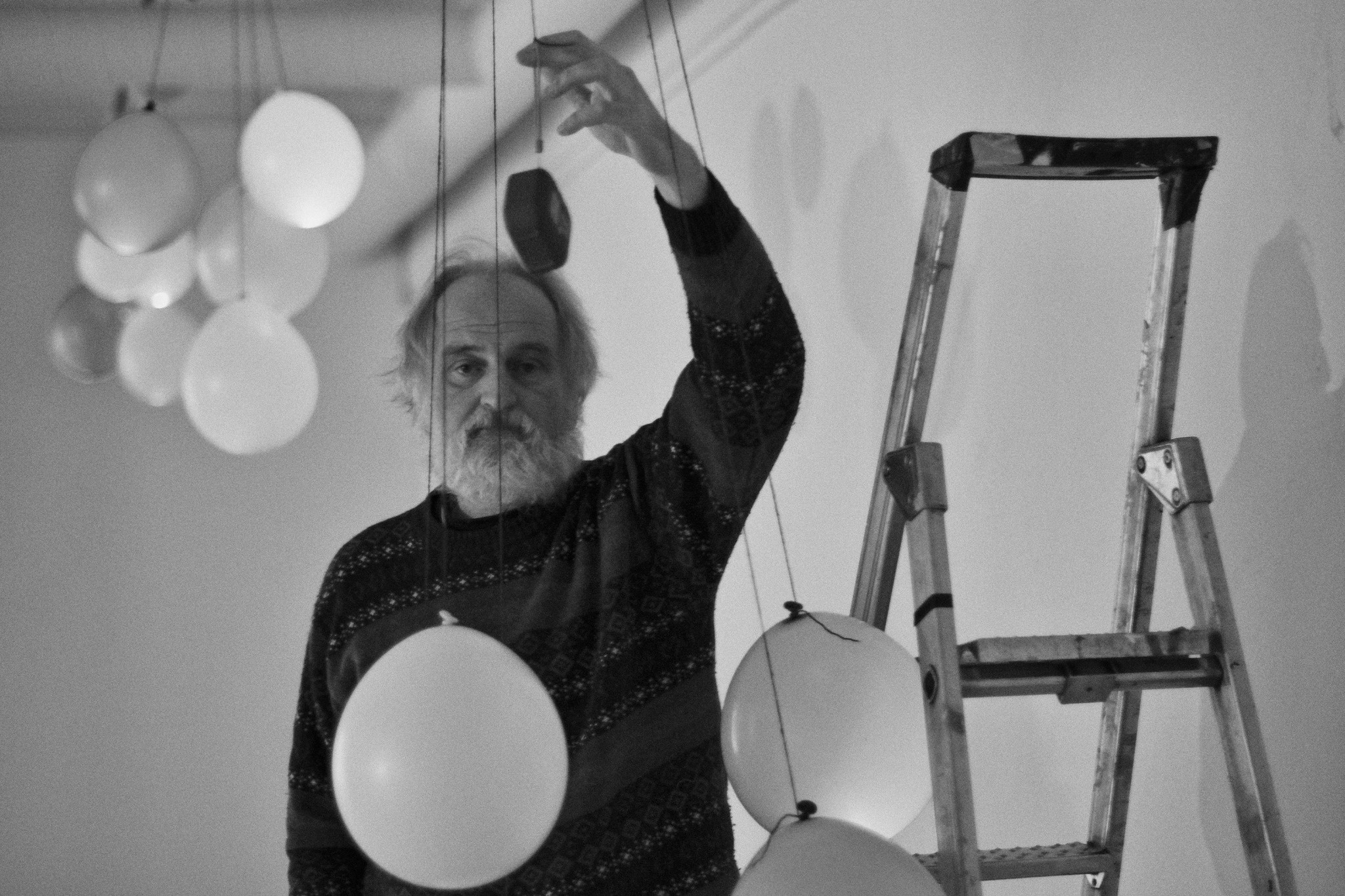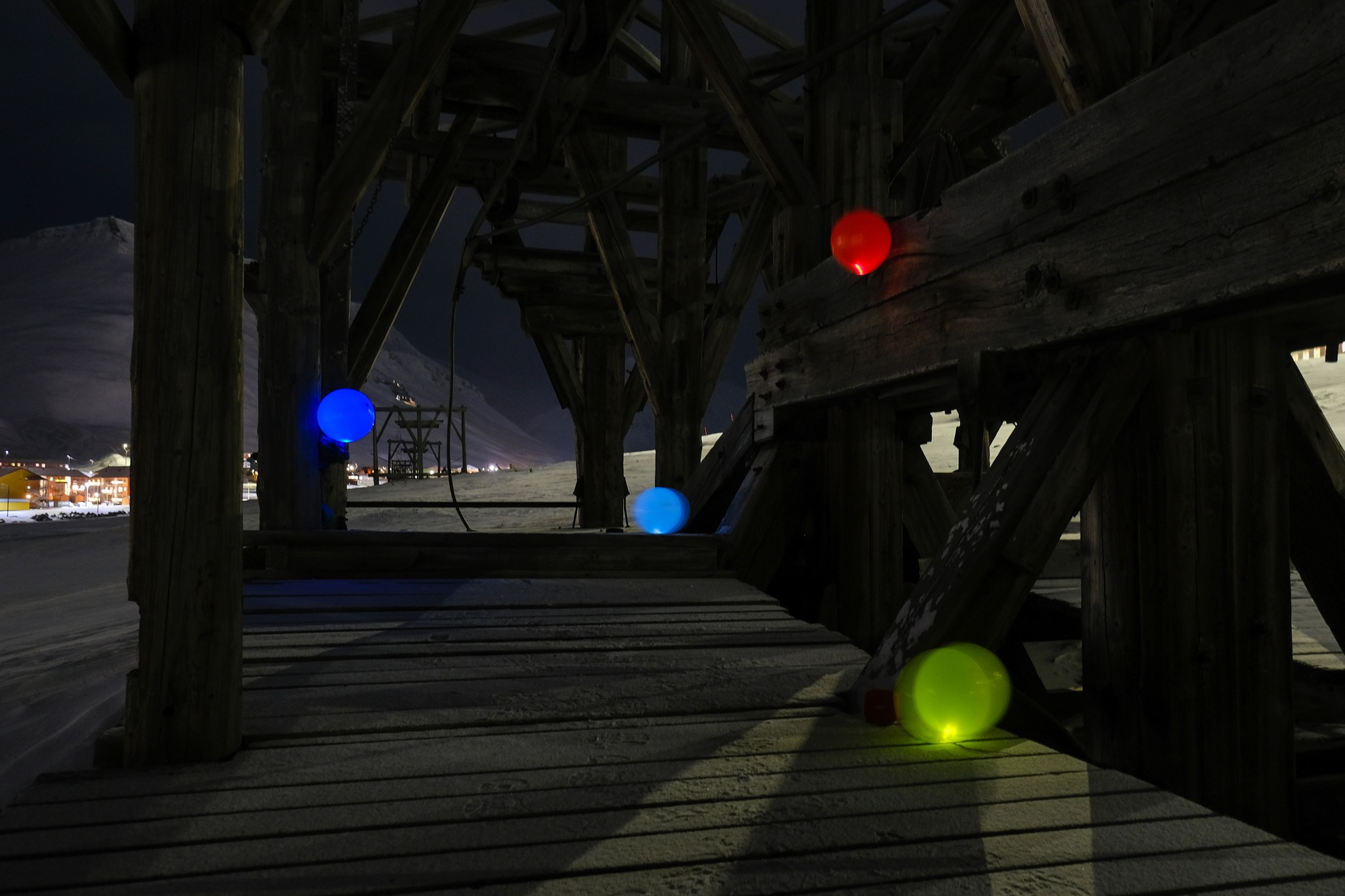
Frozen Dreams
By Giuseppe Gavazza
- 1 -
Of how I knew of The Frozen Words
During my music studies, I discovered a passage known as Les Paroles Gelées (The Frozen Words). It was a part of François Rabelais’s Quart Livre of Gargantua et Pantagruel, a five-book bestseller from 1552. The story narrates the fantastical adventures of the giants Gargantua and Pantagruel. The composer Azio Corghi, who was my teacher at the time, was working on an opera called Gargantua that was staged at Teatro Regio in Turin 40 years ago, in May 1984. The opera included Les Paroles Gelées and followed the “heroic deeds and sayings of the noble Pantagruel” as he traveled the world in search of the oracle of the Dive Bouteille.
«Icy est le confin de la mer glaciale, sus laquelle feut au commencement de l’hyver dernier passé grosse & felonne bataille, entre les Arismapiens, & les Nephelibates. Lors gelerent en l’air les parolles & crys des homes & femmes, les chaplis des masses, les hurtys des harnoys, des bardes, les hannissemens des chevaulx, et tout aultre effroy de combat. A ceste heure la rigueur de l’hyver passée, advenente la serenité et temperie du bon temps, elles fondent et sont ouyes.»
“This is the edge of the frozen sea, and at the beginning of last winter there was a great and bloody battle here between the Arimaspians and the Cloud Riders. The shouts of the men, the cries of the women, the slashing of the battle-axes, the clashing of the armour and harnesses, the neighing of the horses and all the other frightful noises of battle became frozen on the air. At this hour, when the rigours of winter have passed, the serenity and temper of the good old days come to the fore, they melt and are heard."
«Les quelles ensemblement fondues ouysmes, hin, hin, hin, hin, his, ticque torche, lorgne, brededin, brededac, frr, frrr, frrr, bou, bou, bou, bou, bou, bou, bou, bou, traccc, trac, trr, trr, trr, trrr, trrrrrr, on, on, on, on, ououououon [...]»
“When they had all melted together, we heard, “Hin, hin, hin, hin, his, tick, tock, crack, brededin, brededac, frr, frrr, frrrr, bou, bou, bou, bou, bou, bou, bou, bou, tracc, tracc, trr, trrr, trrrr, trrrrr, trrrrrr, on, on, on, on, on, ououououon, Gog, Magog,” and goodness knows what other barbarous sounds.”
Upon reading the episode, I inferred that the frozen words had been the first audio recorder in history. The memory remained dormant for many years, but the frozen words were etched deeply in my mind.

- 2 -
Of how I decided to use the frozen words in a sonic installation
In the summer of 2021, I received an invitation to create a participatory musical installation for the symposium, L'enchantement qui revient (The Enchantment that Returns) to be held in the ancient and charming castle of Cerisy in Normandy. The installation, named Dream Clouds. consisted of a dozen small loudspeakers hanging from clusters of luminous balloons, which were scattered around the castle’s beautiful park. The installation created a beautiful spread of voices into the night, as the frozen words awoke. But what could these voices tell? Certainly not accounts of battle. “Make dreams, not war!”, I thought, and I launched an appeal and collected about 80 dreams told in different languages: French, English, Italian, Chinese, Arabic, Tunisian, Korean...
- 3 -
Of how we dreamed of bringing back the frozen words in the Arctic sea
Attracted by the call for artist's residencies at the Spitsbergen Kunstnersenter, the connection with Rabelais's frozen words was immediate, and equally immediate was the request for a double residency, including both the winter and summer solstices. However, beneath the dormant project, which had not yet come to the surface, there was a spontaneous and immediate suggestion of dyads: night/day, winter/summer, black/white, dream/waking, ... proposing possible links with: the long night and the long day, the white of snow and ice and the black of coal mines: and again, the carbon footprint as a footprint that could be sonorous, that leaves traces to be followed, and this perhaps leads back to dreams.
The response was positive and a double residency period was envisaged: from 22 December 2023 to 7 January 2024 and from 15 June to 14 July 2024.
Being in Svalbard has been my long-time dream, and I came here with a primary question in mind. I was wondering how to execute my ephemeral art installation in such a fragile and challenging environment. With my friend Eugenio Pini, a photographer and videographer who shares the residency with me, we decided to treat the first winter residency as an exploratory phase planning to use this time to design and prepare for the actual summer residency, where we will execute the installation.
We planned to create an off-stage installation; the frozen dreams–we thought–would take shape in the documentation of the difficulty of being realised: existing as a fragmentary reality and not perceivable in the reality it would be reactivated in its documentation becoming real in the narrative, made of recorded sounds and images, of the documentary film we intend to make.
We planned to build a suitable set to document a back-stage; being used to working in musical theatre, Eugenio and I are used to following the construction of a mise en scene and we love this perspective more than being present at the final staging.

- 4 -
Of how the frozen dreams illuminated in the Arctic in winter
During our winter residency, we were pleased to find that the Spitsbergen Kunstnersenter, located in the same building where we lived, was closed for the winter holidays and accessible to us. This provided us with an excellent opportunity to utilize these ideal spaces as an open stage for our set. Another nice surprise was the opportunity to open our work publicly: on Friday 5 January, we presented our installation, Frozen Dreams: Luminous Voices in the Night, in the Art Gallery.
At the same time we recorded sounds, photos and videos to continue the initial project of a documentary on the design and realisation of the project. Frozen Dreams is a work in progress that continues now, as we returned to our homes, in preparation for our next summer solstice Artic residency. And hopefully beyond.
In the many searchings done on frozen words, I discovered and bought the beautiful comic book Gargantua e Pantagruele, of Dino Battaglia, edited by NPE in 2021: here are the pages describing Les Paroles Gelées episode.
- 5 -
Reactivation
At this hour, when the rigours of winter have passed, the serenity and temper of the good old days come to the fore, they melt and are heard.
Frozen Dreams is a work-in-progress, ambiance-specific, audio-visual, artistic installation. In a dark and silent space, several voices, diffused by portable loudspeakers anchored to colourful flashing balloons, narrate their dreams: inner memories reactivated when heard.
After the long night of the winter solstice, the second chapter of the Arctic adventure took place, as planned, on the long day of the summer solstice. How to give body and meaning to our idea in such a radically different ambience? The fascination of the first installation was in the dark space of a 'luminous' art gallery with large windows open to the night. To recreate now an artificial night by darkening them would have been, literally, unnatural.
Summer is here, and the icy landscape melts into sonorous rivulets of water dripping from the mountains and glaciers in a multitude of trickling, fragile streams, burrowing twisted canyons in the ice; flowing between coal-black, iron-red and multi coloured boulders immersed in the innumerable shades of green and brown of the musks dotted with the bright colours of minute flowers; roaring in the constant flush of the muddy Longyearelva, which rises from the ice of the Longyearbreen to flow into the Adventfjiorden and Adventdalen at Longyerbyen, the northernmost city in the world.
Water, sun, and wind have spent millions of years shaping these mountains that collapse into counterforts of boulders, stones, and pebbles.
At this hour, when the rigours of winter have passed, the serenity and temper of the good old days come to the fore. Dreams thaw and are heard like voices rising from shallow piles of stones resting on the floor of a different room in the same art gallery that had hosted the frozen voices falling from the roof, just one night ago.

- 6 -
Of how new dreams (even yours) can feed the project
Before we left for Longyearbyen we made a call to collect dreams: we have collected 30 so far, in addition to the 85 previously collected.
We invite you to send us your dreams; told in audio files that will remain anonymous beyond the '' installation.
“Everything we experience and imagine as a dream is a dream: dreams shared when we are awake; others we remember from a long time ago; dreams known because they have been recounted by others (parents, children, grandparents, friends, passing strangers) … dreams written down and re-read, even very short fragments of dreams. … The collection of dreams continues with new evocations for new occasions. The dreams, part of this intimate and private archive of mine, will only be revealed on the occasion of the installation, but will not be shared in any other way.”
Indications for audio recordings
- preferably record short audio, between 10 and 100 seconds,
- you can record with your mobile phone: high fidelity is not necessary,
- do not say your name; you may mention it in the file name if you wish,
- if the file is larger than 3Mb possibly send it by file transfer or upload it to a shared drive.
Please send to: gavazza.g@grenoble.archi.fr
Many thanks
Giuseppe Gavazza
Giuseppe Gavazza, laureate of the University of Turin, is a composer, sound-artist, teacher and researcher. He studied composition, direction, piano, musicology and electronic music and graduated from the Conservatory of Milan. He collaborates with European research centres; since 1999 he is resident composer at ACROE-ICA, Grenoble where he obtained his PhD, is Permanent Researcher at AAU-CRESSON, ENSAG, Grenoble and teaches at Cuneo Music Conservatory.

Post a comment